
With the help of DC fast charging technology, up to 350kW high-power DC fast charging (HPCDC), electric vehicles can achieve similar fuel car "stop refueling" in a short time to complete the charge, the driver's range anxiety will be greatly, HPC goal is to support 300km mileage charging time compressed to 10 minutes.
Electric vehicles are revolutionizing transportation, powertrain electrification, automation, driverless trends, and the emergence of new mobile travel business models - three major trends shaping the future of transportation transformation. These trends apply to the electrical and electronic architecture of vehicles (E/E architecture) with extremely profound implications.
Compared to previous vehicles, the amount of data generated, processed and transmitted is not at the same data level at all. It can also communicate with other vehicles and facilities via various mobile communication technologies OTA update software. At the same time, the transmission power of electric vehicles has also reached a very high level, and the motor power of electric vehicles has reached more than 120kW. These are the benefits of electric vehicle renewal, but there are still many obstacles that cannot be ignored.
Range anxiety and HPC
Just as many mobile phone users suffer from endurance anxiety, whether electric cars have enough range has long been a question of doubt for many in a day when electric cars are as popular as smartphones. If you want to extend the range of your vehicle, there are many ways you can cut in. Increasing the battery size to increase the battery capacity to improve the durability of the vehicle is naturally one of the changes. However, simply increasing the battery capacity is not a universal solution, this needs to be done without increasing the charging time, otherwise it is difficult to increase the battery capacity.
In this case, high-power charging HPC began to be paid attention to. At present, charging schemes equipped with electric vehicles are mostly AC and 3.3kW single-phase power supply or up to 22kW three-phase AC. Some high-end cars can offer up to 150 kW of DC in the absence of an available DC charging station, with slow charging power and charging using the power AC backup option.
With the help of DC fast charging technology, up to 350kW high-power DC fast charging (HPC DC), electric vehicles can achieve similar fuel car "stop refueling" in a short time to complete the charge, the driver's range anxiety will be greatly, HPC goal is to support 300km mileage charging time compressed to 10 minutes.
HPC heat dissipation challenge
SAE, CharINE.V, CHAdeMO Many global associations and organizations are promoting fast charging standards for new energy vehicles worldwide. While high-power charging technology holds great promise, it faces many challenges, especially in terms of thermal management. The heat loss and problems caused by high currents are very difficult. The resistance of all components (from connectors to cables) will heat up under a large current. For battery charging overheating, these heat losses need to be taken into account when designing conductive elements and determining dimensions to avoid overload, overheating, or charge current control and reduction.
HPCDC, which represents almost the maximum load state of the electrical system in an electric vehicle, will further exacerbate the overheating problem because the car is in a static state while charging and there is no convection available for cooling. When the current is large, if the power is transmitted at the same voltage level without overheating, the larger the cable cross-sectional area required, which will also greatly compress the weight and available space of the vehicle.
HPC heat dissipation is usually carried out from multiple aspects at the same time, in addition to the heat dissipation of the material itself, there is also the heat radiation and heat dissipation through the cooling air or coolant flow. These methods of heat dissipation have their own role. For example, at the charging interface, the active cooling of the charging connector can transport a lot of heat, so HPC can be carried out in the market. Many manufacturers of fast-charging connectors are laying out liquid cooling technology.
How to handle the HPC needs of the charging connector manufacturer
With the increase of charging power, in order to enable existing DC fast charging connectors to support higher power levels without overheating, connector manufacturers began to innovate and break through in thermal modeling, simulation technology, materials and cooling technology.
Liquid cold charging gun is a very popular method to reduce heat loss, many domestic and foreign connector manufacturers are laying out this route, such as Sichuan Yonggui, domestic ultrafine charging manufacturers using liquid cold technology route, to achieve commercial production, including Geely, Huawei, Ideal and other customers; Japan Rich shares, AVIC Optoelectronics and other manufacturers have also launched or will soon launch their own liquid-cooled fast charging connectors.
Foreign manufacturers, mainly European and American manufacturers, are faster at high power, and some conservative Japanese power is not pulled very high, such as HARTING, as a tier 1 supplier of BMW and Volkswagen Group, is currently integrating liquid cooling and Volkswagen Group DC fast charging technology to further improve the power, Phoenix HPC intelligent cooling design, With high precision temperature measurement function, real-time monitoring of temperature changes.
The design of the charging connector is only one aspect, higher power HPC it needs to be built on the basis of thermal modeling, AD5241BR10 simulation technology, material innovation and breakthroughs. During the original model development process, using iterations between simulation and testing to improve the algebraic part of the model and to reveal as many possible load curves as possible, HPC design changes can resolve potential thermal bottlenecks in the system, leading to a more appropriate thermal system model.
Conclusion
Future electric vehicles must be equipped with high-power, high-endurance functions, which in turn further promote the demand for large-capacity batteries and short charging cycles, HPC it will also break through higher power. It takes a long time to explore new thermal modeling, new simulation techniques, new materials, new cooling techniques, and new power supply management techniques.
The Products You May Be Interested In
 |
2765 | JOYSTICK 10K OHM 2 AXIS TH | 2132 More on Order |
 |
3426 | RUGGED METAL ON/OFF SWITCH | 121 More on Order |
 |
4187 | BLUE LED ILLUMINATED TRIANGLE PU | 412 More on Order |
 |
3487 | SWITCH PUSH SPST-NO GRN 10MA 5V | 406 More on Order |
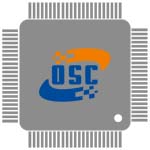 |
3984 | PLATINUM RTD SENSOR - PT1000 - 3 | 414 More on Order |
 |
386 | SENSOR HUMID/TEMP 5V DTL 5% MOD | 2368 More on Order |
 |
4081 | FLAT VIBRATION SWITCH - BREADBOA | 363 More on Order |
 |
377 | ROTARY ENCODER MECHANICAL 24PPR | 300 More on Order |
 |
3238 | 802.3AF POE OUTPUT DATA & POWER | 251 More on Order |
 |
675 | PIPING EL WIRE SEWABLE 5M AQUA | 323 More on Order |
 |
1938 | ADDRESS LED DISCRETE SER RGB 5MM | 473 More on Order |
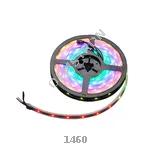 |
1460 | ADDRESS LED STRIP SERIAL RGB 5M | 275 More on Order |
 |
2552 | ADDRESS LED STRIP SERIAL RGB 1M | 310 More on Order |
 |
420 | ADDRESS LED MATRIX RGB | 487 More on Order |
 |
4167 | FIBER OPTIC LIGHT SOURCE 1W BLU | 235 More on Order |
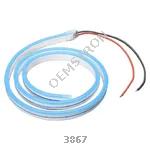 |
3867 | FLEXIBLE SILICONE NEON-LIKE LED | 371 More on Order |
 |
1933 | 7"" TFT DISPLAY 800 X 480 | 133 More on Order |
 |
2674 | MONOCHROME 2.7 128X64 OLED GRAPH | 254 More on Order |
 |
679 | DIFFUSED 5MM SLOW FADE FLASHING | 258 More on Order |
 |
4041 | DIFFUSED RED INDICATOR LED - 15M | 518 More on Order |
 |
564 | POCKET INVERTER EL WIRE 4-AAA | 399 More on Order |
 |
2948 | LED CHARLIEPLEXED MATRIX - 9X16 | 416 More on Order |
 |
1001 | WHITE 7-SEGMENT CLOCK DISPLAY | 2509 More on Order |
 |
1681 | VS1053B MP3/WAV/OGG/MIDI PLAYER | 465 More on Order |

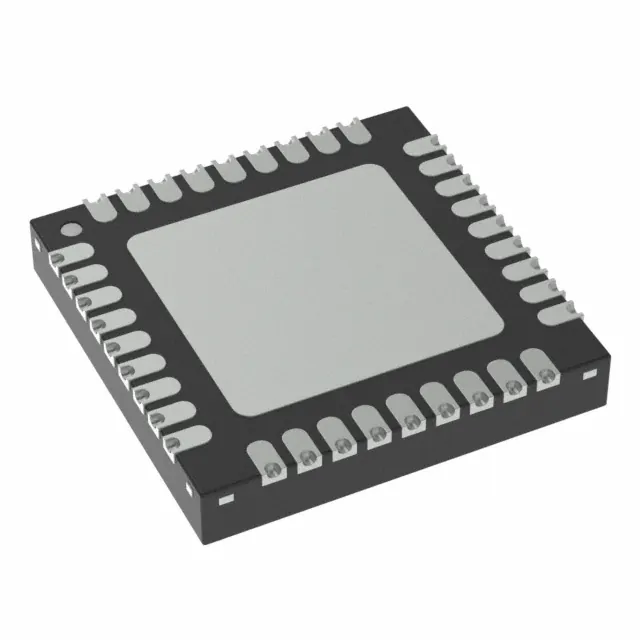 Semiconductors
Semiconductors









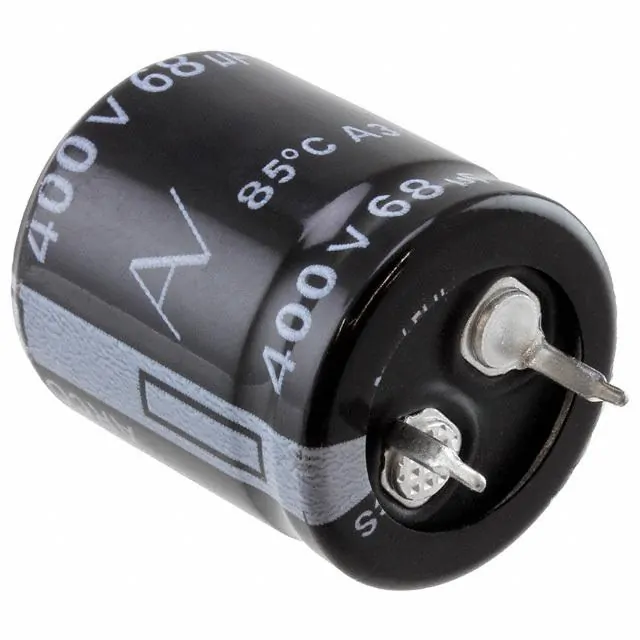 Passive Components
Passive Components









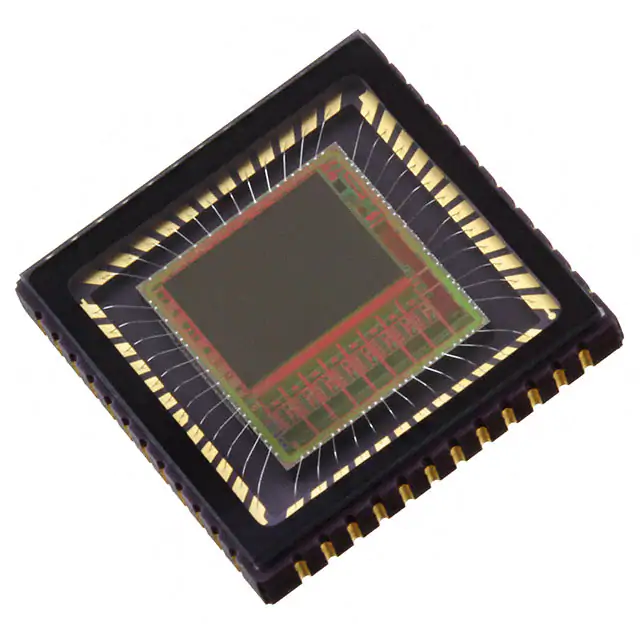 Sensors
Sensors








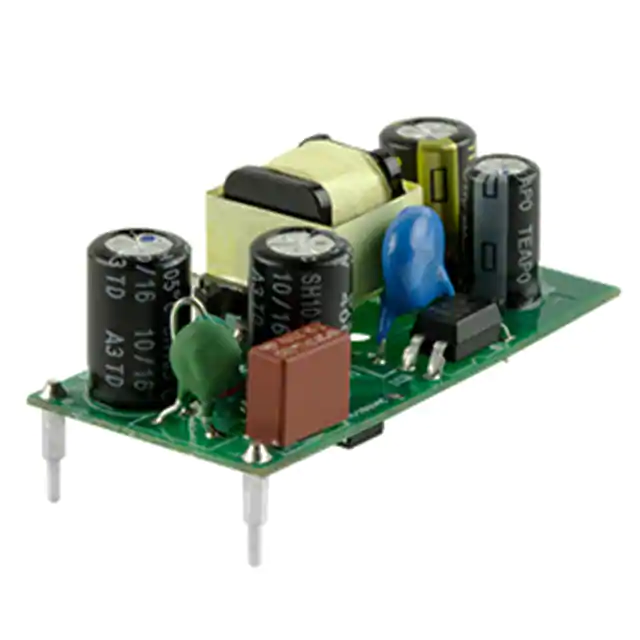 Power
Power









 Optoelectronics
Optoelectronics








